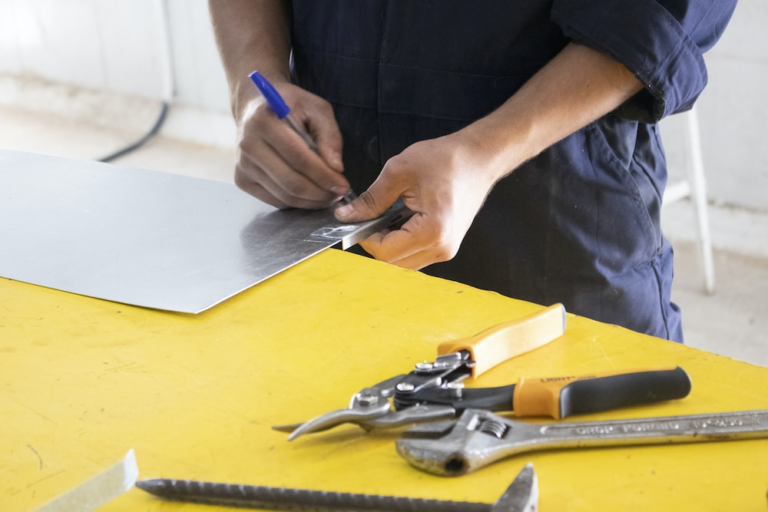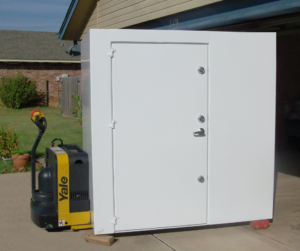In a world where natural disasters and unexpected emergencies are on the rise, having a safe room in your home can provide invaluable protection for your family. A well-designed and properly constructed safe room can be a lifesaver during tornadoes, hurricanes, earthquakes, or any other crisis.
This blog will delve into the essentials of building a safe room in Dallas to help you create a secure refuge for your loved ones.
The Importance of a Safe Room
A safe room, also known as a storm shelter or tornado shelter, is a fortified space designed to withstand extreme weather conditions and provide a safe haven for you and your family. The benefits of having a safe room are numerous:
- Life Preservation: A safe room offers the best protection against injury or death during a natural disaster.
- Property Preservation: It helps protect your home and belongings from severe damage, potentially saving you from significant repair costs.
- Peace of Mind: Knowing you have a designated safe space can reduce stress and anxiety during emergencies.
- Resale Value: Homes with safe rooms can be more attractive to buyers, increasing the overall value of your property.
Designing Your Safe Room

- Location: The ideal location for a safe room is on the lowest level of your home. If possible, place it underground to maximize safety. If not, select a room with no exterior walls.
- Materials: Construct the safe room using reinforced concrete walls and ceilings. To ensure structural integrity, reinforcement should meet or exceed FEMA (Federal Emergency Management Agency) guidelines.
- Ventilation: Adequate ventilation is essential to prevent suffocation. Install a ventilation system with filters to keep out contaminants from the outside air.
- Communication: Include a landline or satellite phone connection and a battery-powered radio to stay informed about the situation outside.
Construction Essentials
- Professional Guidance: Building a safe room is not a DIY project. Hire a qualified engineer or contractor with experience in safe room construction to ensure it meets safety standards.
- Reinforcement: Ensure that the walls, ceiling, and door are reinforced with adequate steel and concrete to withstand high winds and flying debris.
- Anchoring: Properly anchor the safe room to the foundation of your house to prevent it from being lifted or moved during a storm.
- Door and Lock: Invest in a solid, well-constructed door with multiple locking mechanisms, and make sure it swings inward to prevent jamming.
- Air Vents: Install air vents or a ventilation system to ensure a fresh air supply without compromising safety
Safe Room US offers a range of steel tornado shelters, safe rooms, and a lot more shelters that help provide a safe space for you and your loved ones during a difficult time.
Make sure you Contact Safe Rooms US today.










